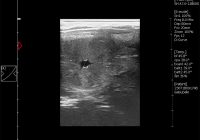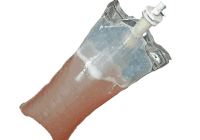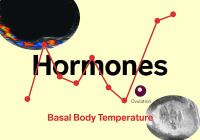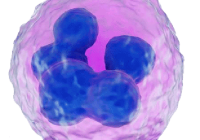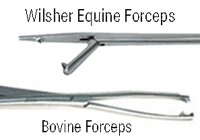The Effect of Uterine Interference on Reproductive Function in the Mare An unpublished manuscript written in 1976 by John R Newcombe and W E Allen, Royal Veterinary College University of London Introduction It has been shown in several recent reports that irrigation or infusion of the uterine lumen of the mare during the luteal phase of the oestrous… Read More »
Repeated Embryo Loss in Mares is the Result of Retarded, Small for Age, Embryonic Vesicles. By Professor John Newcombe, BVetMed, MRCVS A Normal Foetus and then a Foal Will Eventually Result When a Normal Embryo is Produced: A Case Report ABSTRACT A twelve-year-old maiden/barren part-TB mare with otherwise limited reproductive history, was sent to an equine fertility clinic… Read More »
Clean Culture and Cytology – Perhaps Not So Clean? For many years, the standard pre-breeding evaluation included a uterine swab culture alone. It was then determined that allegedly “clean” mares were not becoming pregnant, and further investigation showed that there were inflammatory cells present in the uterus, indicating some sort of irritant – usually a pathogen missed with… Read More »
Can Mare Temperature Changes Predict Ovulation? Temperature changes to predict ovulation are used in multiple species, including humans. The question has been asked of the mare in the past, Bowman et al. identifying a drop in temperature using a temperature-reporting microchip following ovulation which occurred in the period from midnight to 9:00 am. Diurnal fluctuations were also observed,… Read More »
Ozonated Sunflower Oil for Endometritis Treatment The overuse of antibiotics in medicine today – including equine reproduction – has led to searches for alternative novel treatment for endometritis in the equine, as well as in many other facets of the medical field. In human medicine and dentistry, ozone has been shown to be capable of killing Gram-positive and… Read More »
Can Embryo Transfer Success Rates be Improved? Embryo transfer success rates are recognized as having a variable outcome dependent upon technician technique as well as mare suitability. While the flush process is usually fairly stable in results and less subject to variability, the subsequent transfer often does not maintain that same stability of success between all practitioner groups.… Read More »
Endometrial Biopsy in the Mare – is one sample enough? An endometrial biopsy in the mare is a useful diagnostic to determine cellular health of the uterine lining which will be directly responsible for pregnancy maintenance once placentation has occurred. The biopsy score is correlated to the likelihood of live foal production by use of different scales, such… Read More »
Improve Pregnancy Rates in Older Subfertile Mares! How can one improve pregnancy rates in older subfertile mares? This category of mare is notorious for having lower pregnancy rates, and this becomes even more annoying when one is performing a higher-cost procedure such as embryo transfer. A perennial question therefore is “can we improve pregnancy rates in those older… Read More »
Obese Mares Have More Problems Than We Thought! It has been previously documented that obese mares have a higher tendency towards early embryonic death, particularly in hot weather and this has been put down to the core temperature of these mare potentially being higher than other mares, with a negative impact on embryo survival[1]. At ISER XIII Meikle… Read More »
ISER XIII “Snippets” – Held in Brazil in August 2023, ISER XIII produced a variety of useful research with immediate clinical value, here we review some of the presentations The thirteenth International Symposium on Equine Reproduction (ISER XIII) was held in Foz do Iguaçu, Brazil between July 10th–14th, 2023. Around 400 veterinarians, researchers and animal scientists were present,… Read More »


